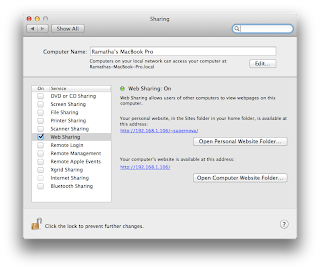Current Limitations of Quantum Error Correction
Despite significant progress, several limitations persist:
Noise and Decoherence:
- Quantum systems are inherently noisy due to interactions with the environment (decoherence).
- Complete noise elimination is impossible, and the Heisenberg limit remains unattainable due to existing technological constraints.
No-Cloning Theorem:
- Cloning arbitrary unknown quantum states is prohibited.
- Error correction codes must work within this limitation.
Unique Quantum Errors:
- Quantum errors differ from classical errors (bit-flip and phase-flip).
- Designing codes that address both types of errors efficiently is complex.
Physical Constraints:
- Implementing error correction requires additional qubits and gates.
- Physical constraints impact the choice of error correction codes and their effectiveness.
Threshold Theorems:
- Achieving fault tolerance thresholds requires high-quality qubits and gates.
Overhead and Resource Demands:
- Error correction introduces overhead (extra qubits and gates).
- The scalability of quantum computers is affected.
Measurement-Induced Errors:
- Balancing error detection and measurement-induced errors is crucial.
Topological Codes and Surface Codes:
- Implementing and maintaining 2D lattice structures for topological codes is challenging.
Quantum Neural Networks (QNNs):
- Training QNNs effectively remains an active area of research.
In summary, while quantum error correction holds immense promise, addressing these limitations is essential for realizing fault-tolerant quantum computation. Researchers continue to explore innovative approaches to unlock the full potential of quantum technologies.



Comments
Post a Comment